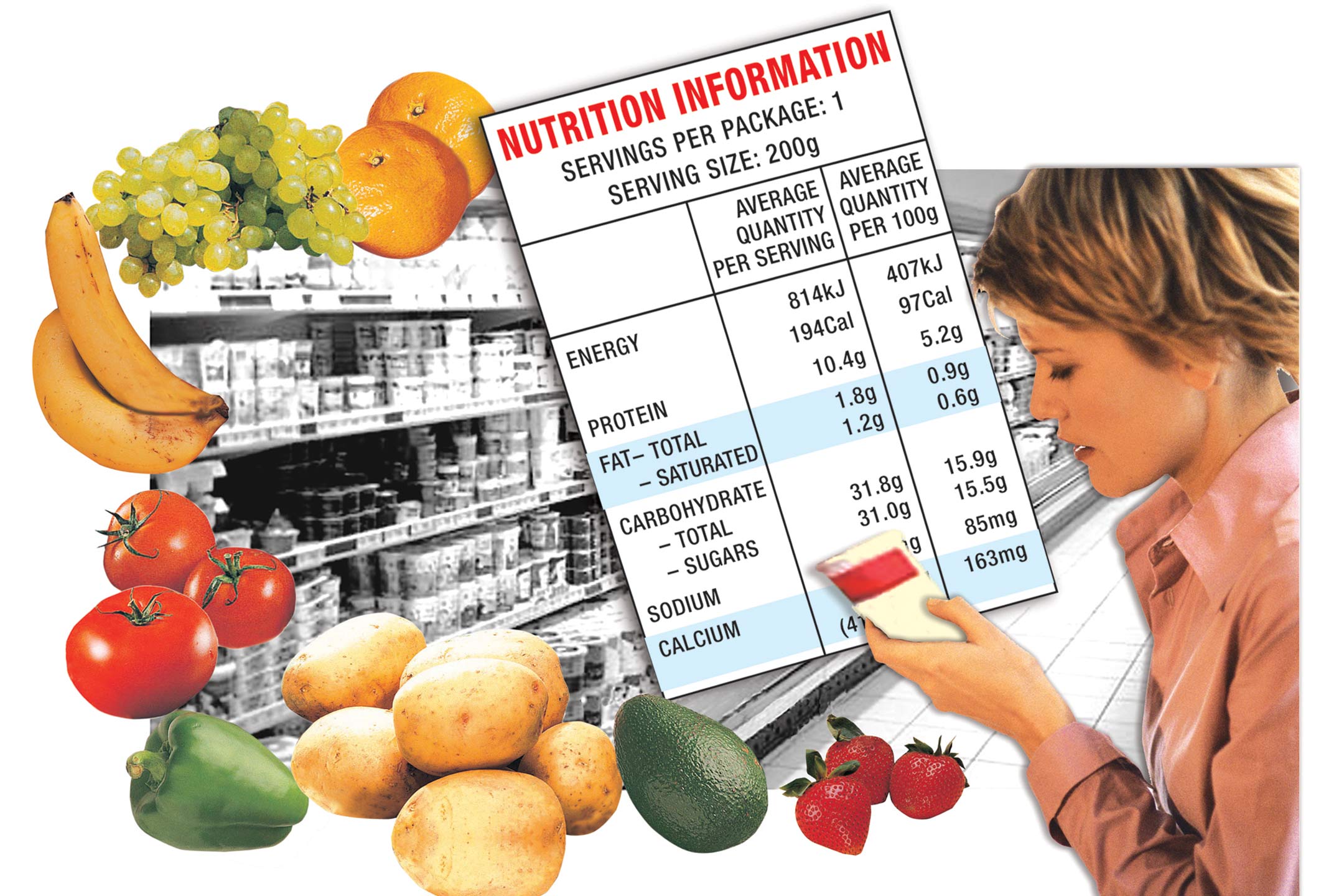
29 Oct Sugar and the Surge-and-Crash Cycle
With Halloween once again upon us, as parents it pays to refresh our knowledge on the effect of sugar on children and their bodies’ reactions to a sugar overdose.
There is dissent among health professionals as to whether or not an unstable supply of glucose in the blood has a role to play in childhood issues. Issues such as anxiety, depression, migraines, insomnia, aggression, phobias, learning disabilities, bed-wetting and hyperactivity to name a few.
The thinking behind the concept is this. When we eat a large amount of high-GI carbohydrates, the rapid rise in blood-glucose levels triggers a hefty release of insulin. This forces the glucose into cells. The result of the sudden drop in blood glucose (in varying degrees from hardly noticeable to serious) are shakiness, sweating, irritability, tiredness, cravings, altered thinking and behaviour, forgetfulness, confusion and headaches.
In a low-blood-sugar crisis, the body releases hormones to activate stored glucose from the liver, muscle, kidneys and intestines. One of hormones is the fight/flight hormone adrenaline. Adrenaline can cause trembling, shaking, mood swings, depression and confusion. In this state, kids may reach for food or drinks that deliver a quick hit of energy, setting the surge-and-crash cycle in motion all over again.
Parents may notice an outburst of anger, a complaint of headache or sudden tiredness. Individual susceptibility to the surge-and-crash cycle is heavily linked to factors such as the overall diet, genetics, environment, levels of activity and especially stress. Over a long period, if the body becomes worn down from suffering these extremes, physiological and psychological disorders may occur as a result.
At this point in time, there is not enough scientific data to convince all sectors of the health community that high-GI foods can significantly, and over time, alter the behaviour of normal children.

